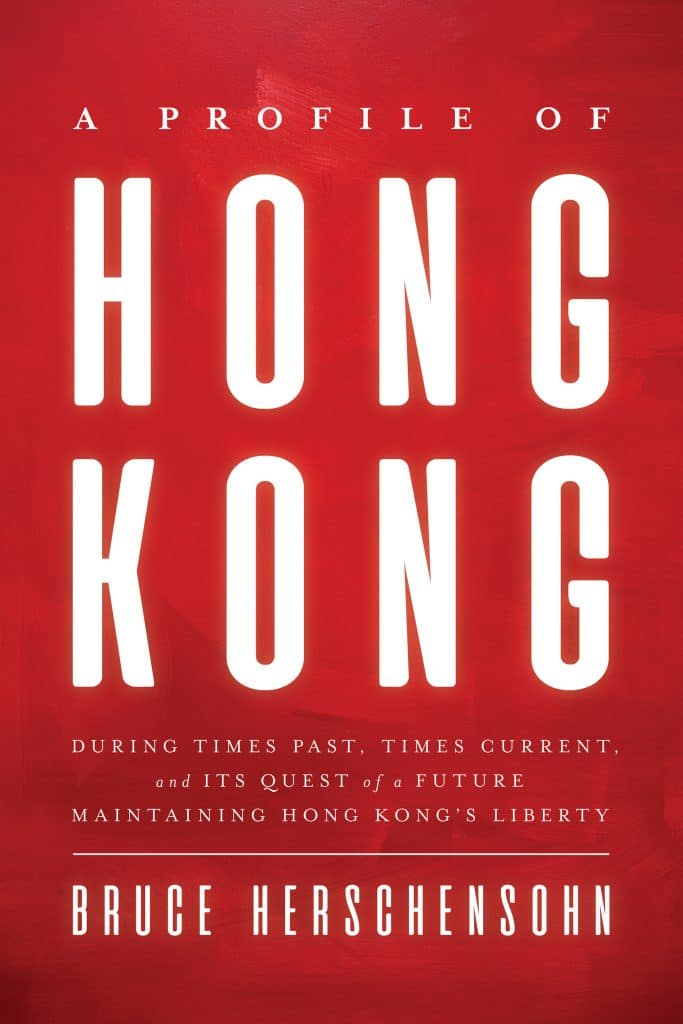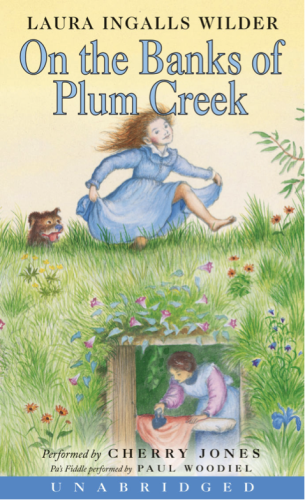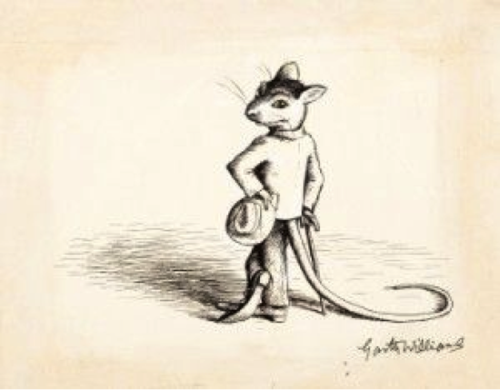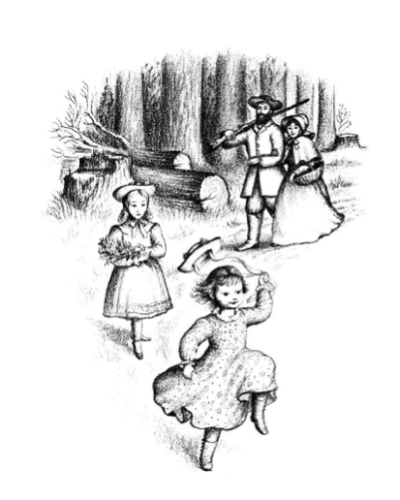Join Susannah Marren in conversation about her new book, Maribelle’s Shadow, at Your CBD Store!
Posts Tagged ‘new books’
Beaufort Books Newsletter | June 2021
Monday, June 21st, 2021
|
A Profile of Hong Kong

A Profile of Hong Kong provides a detailed history of colonialism in Hong Kong that still reverberates today. Despite this tumultuous history, there are many things that make Hong Kong special and worth fighting for.
For more than 100 years, the Hong Kong people have been fighting for liberty despite the constant oppression from other countries. Bruce Herschensohn shows how years of riots and protests demonstrate the resilience of the Hong Kong people and the determination to make their country belong to them. With compelling firsthand accounts, A Profile of Hong Kong explores the history of this political entity from a 99-year treaty to the handover to the recent powerful protests for liberty. Herschensohn emphasizes the irony of the Chinese government coming to Hong Kong, the majority of whose people had fled from that same government, and how these very people are once again facing oppression from this repressive government.
Herschensohn includes thorough descriptions of the changes for Hong Kong people that were put into place 100 years ago as well as descriptions of major international figures in the complicated history of Hong Kong. Completed just before Herschensohn’s death in late 2020, A Profile of Hong Kong is the final contribution from the esteemed author and prominent American political leader.
About: Bruce Herschensohn
Hardcover: $24.95 (ISBN: 9780825309496)
E-book $9.99 (ISBN: 9780825308536)
Political Science
300 pages
Order Here:
Garth Williams: The Unsung Hero of my Childhood
Monday, June 20th, 2016On June 3rd, The New Yorker published an article on Beaufort’s new biography of Garth Williams, the largely unknown hand behind the illustrations of many children’s classics. You might not know Williams’ name (I didn’t) but you undoubtedly know the stories he helped give us, including Stuart Little, Charlotte’s Web, and Little House on the Prairie. In Garth Williams, American Illustrator: A Life, Elizabeth K Wallace and James D. Wallace tackle what Williams himself struggled to do: to write the story of a life that spanned seven countries, four marriages, and several professions, but has remained undiscovered by the public.

The New Yorker article highlights the depth of Williams’ commitment to the integrity and nuance of the stories he illustrated, and his desire to convey a sense of truth. In his rendering of Stuart Little, the article remarks, “Stuart was both mouselike and dapper, anthropomorphized in a way that expressed the dignity and absurdity of the human condition and the animal condition alike”. What more can we ask for from a glimpse of truth than dignity and absurdity?
With animal characters serving as human analogues, Williams gave them life in a way that was never reductive; these characters felt real sorrow, real joy, and allowed us as readers to do the same. Even as children, we have keen eyes for cheap shots, and no young reader is going to be moved by some dopey, grinning caricature. “No way José,” they would think, “that mouse is nothing like me! He’s not real, he’s a dumb rodent meant to teach me to behave.” But in Williams’ subtle hands, the likes of Wilbur, Stuart, Charlotte, and countless others are transformed into complicated, achingly real characters that seem more like friends.
Williams’ drawings elicit a nostalgia that spans generations—his art passed down from its original young audience to their eventual children, preserved in that special medium of the bedtime story. I found myself shockingly moved by the drawings presented in Garth Williams, American Illustrator: A Life; they catapulted me back to memories I hadn’t touched in years. “Oh man, he really was terrific,” I thought, wiping my eyes discreetly as I poured over the book’s images of Wilbur. I watched as my past sprung up to meet me, I saw history wink and skip, and found myself grateful to a man I had never known I cared for, grateful to a talent to whom I never knew I owed so much.
–Some Intern
















